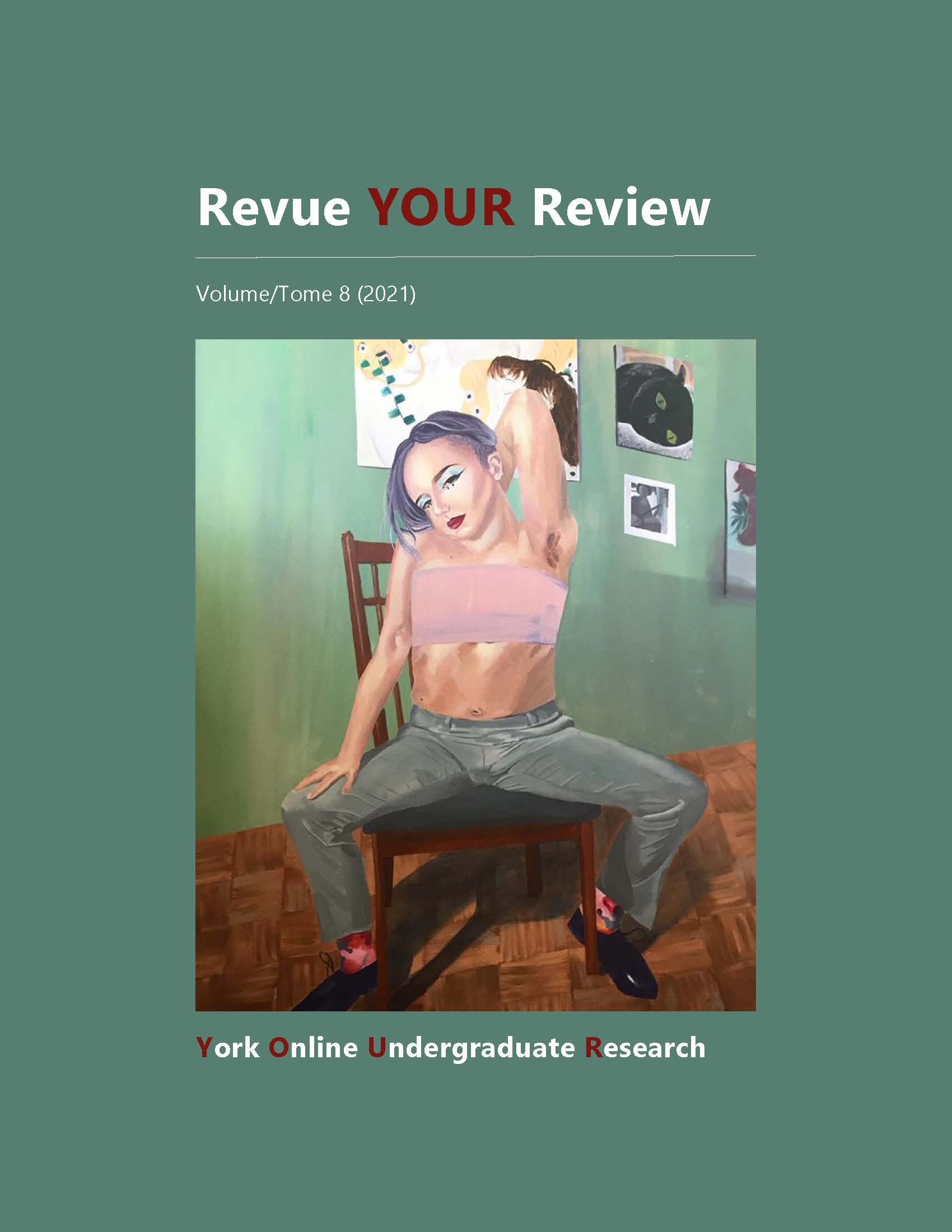Constructing Canadian national identity: Confronting multiculturalism, whiteness, and the internal Muslim “other”
Abstract
In this paper, I seek to understand the current terrain of the politics of multiculturalism. To do this, I look at how and why multiculturalism emerged historically. To answer the question, “Is our national identity socially constructed to manage diversity?” I look at the self-endowed power of the state in influencing how the masses perceive themselves in relation to one another, non-nationals, and the outside world. I do not intend to assess whether multiculturalism in Canada has succeeded or failed; rather, I want to explore the ways in which it permeates the perceptions Canadians of different backgrounds have of themselves. To that extent, I use the experience of Canadian Muslims whose ontological positionality within the global sphere is hotly contested, thus affecting their position within the Canadian imaginary. Specifically, I look at the current political landscape to explore how multiculturalism has been shaped by the state to subordinate Muslim Canadians to white Canadians. Overall, I argue that a master narrative of Canadian nationhood has been constructed that uses multiculturalism to sustain a racial hierarchy and erase certain parts of its history, while also concealing the power of whiteness in favour of national unity. I theorize this to have been deployed in stages of homogenization of the population. Furthermore, I argue that the adverse treatment of racial minorities today is due to the deep-rooted dichotomy of the self/other.
Downloads
Published
How to Cite
Issue
Section
License
LicenseAuthors contributing to Revue YOUR Review agree to release their articles under one of three Creative Commons licenses: Creative Commons Attribution 4.0 International; Creative Commons Attribution-NonCommercial 4.0 International; or Creative Commons Attribution-NoDerivatives 4.0 International. All editorial content, posters, and abstracts on this site are licensed under Creative Commons Attribution-NoDerivatives 4.0 International. For further information about each license, see:
https://creativecommons.org/licenses/
In all cases, authors retain copyright of their work and grant the e-journal right of first publication. Authors are able to enter into other contractual arrangements for the non-exclusive distribution of the e-journal's published version of the article (e.g., post it to an institutional repository or publish it in a book or in another journal), with an acknowledgement of its initial publication in this e-journal.


